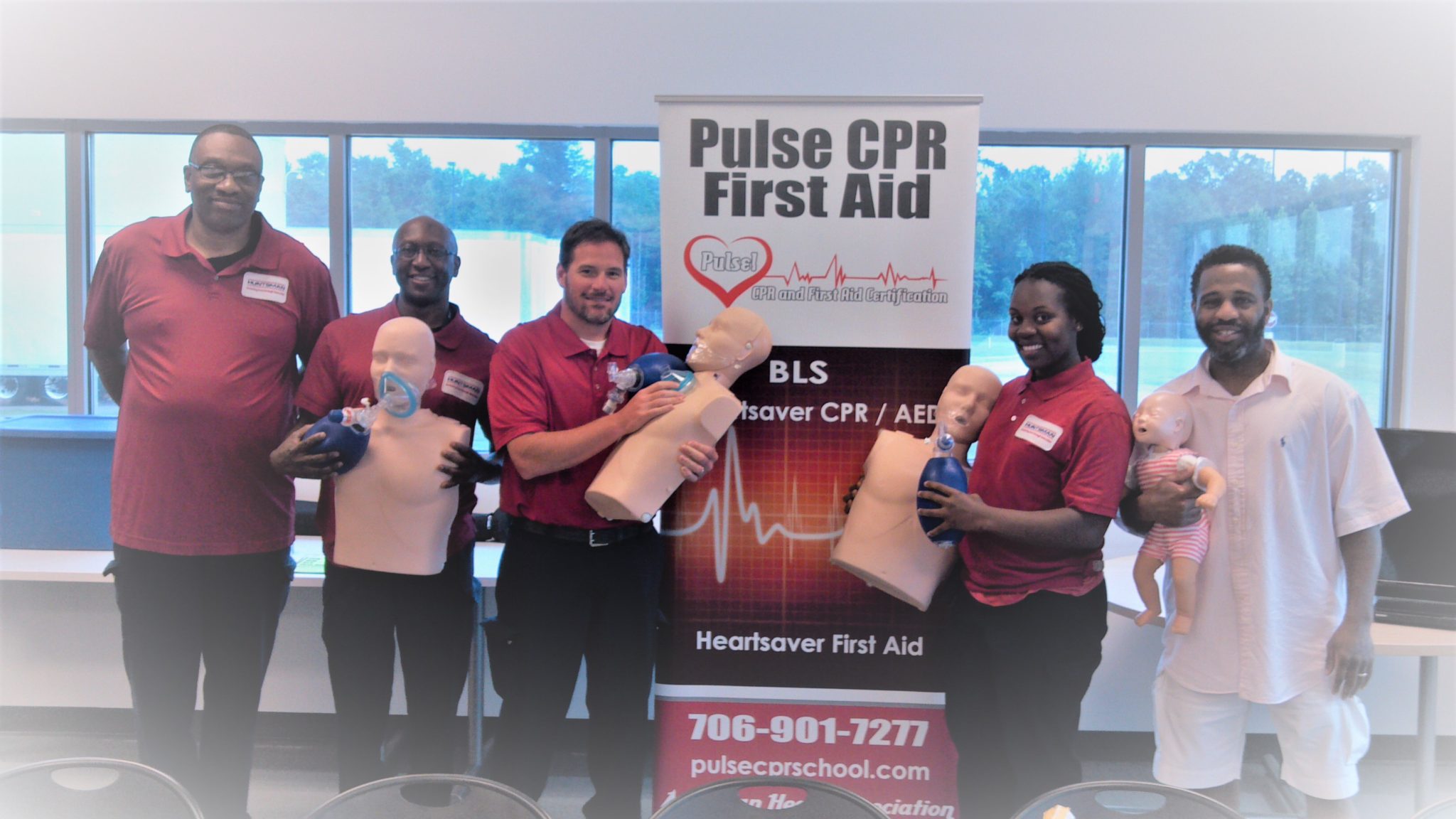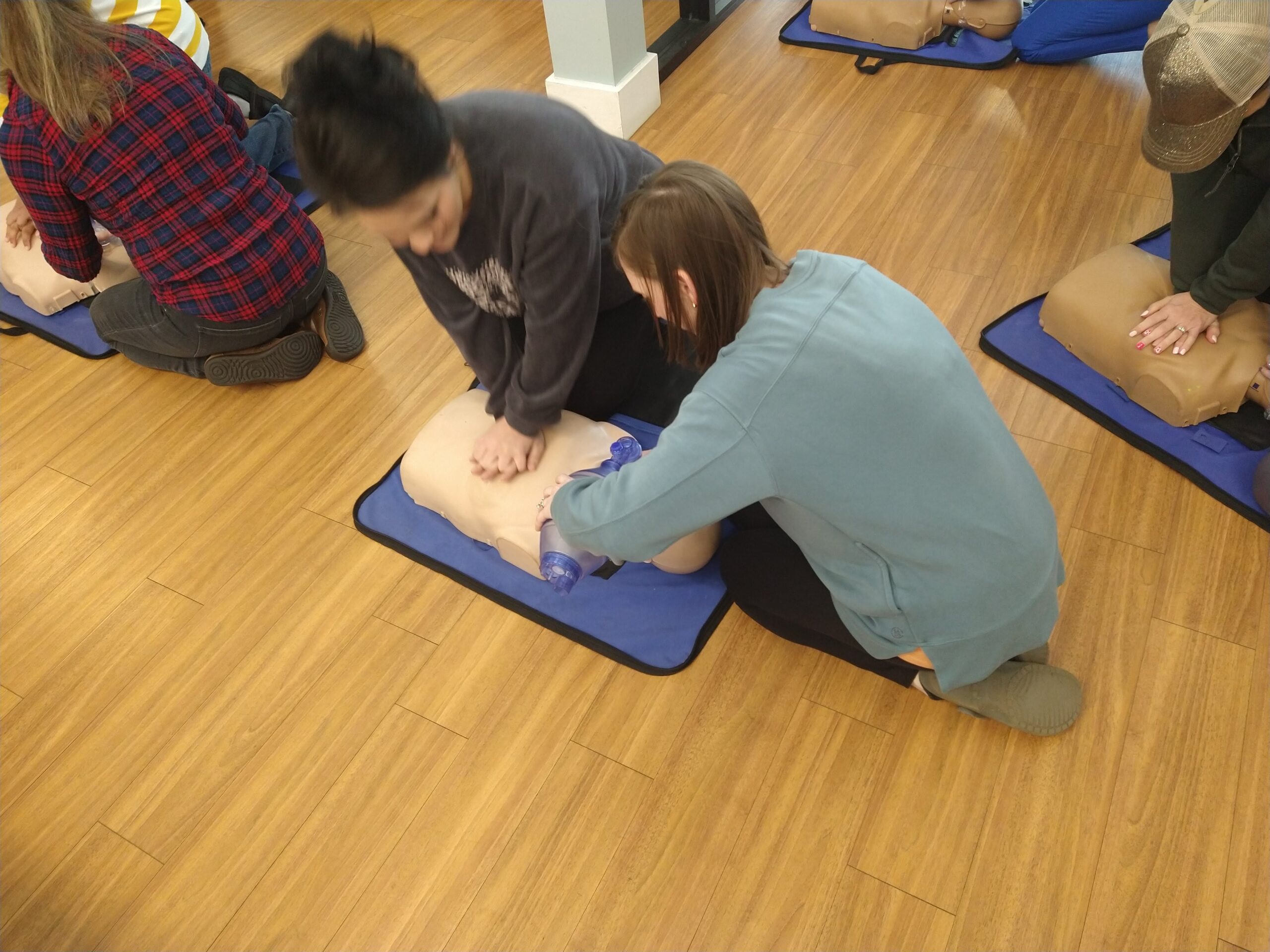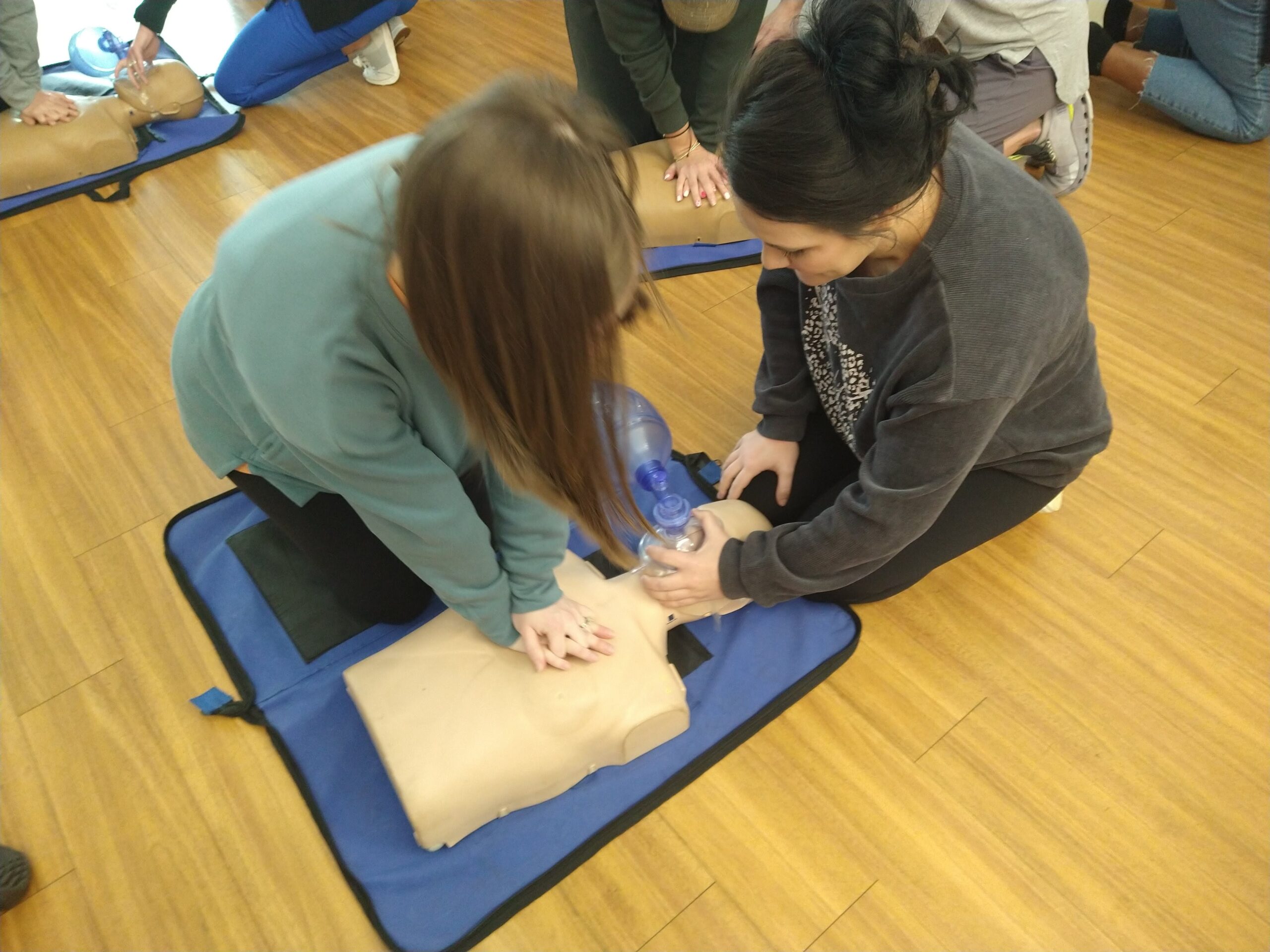Americans unprepared for workplace cardiac emergencies
Pulse CPR and First Aid News:
Pulse CPR and First Aid News: Americans unprepared for workplace cardiac emergencies ….Most U.S. employees are not prepared for cardiac emergencies at work, according to new surveys of employees and workplace safety managers.
The surveys, commissioned by the American Heart Association and released Monday, revealed most workers don’t have access to CPR and first aid training, and half could not locate an automated external defibrillator, or AED, at work.
There are about 10,000 cardiac arrests in the workplace each year
There are about 10,000 cardiac arrests in the workplace each year in the United States, according to a report from the U.S. Occupational Safety & Health Administration.
Workplaces are doing a better job promoting heart health through smoking cessation, gym memberships and healthier foods, said Peter Fromm, R.N., administrator at the South Nassau Communities Hospital Center for Cardiovascular Health in Oceanside, New York. But it’s time workplaces also prepare to save the lives of employees and customers, he said.
In two separate online surveys, more than 3,000 workers in various fields were surveyed between February and April 2017.
Among 2,000 employees in corporate offices, hospitality, education and industry/labor:
- Fifty-five percent can’t get first aid or CPR and AED training from their employer.
- If training is available, it’s often either CPR or first aid, not both.
- Half of all U.S. workers cannot locate an AED at work.
- In the hospitality industry, 66 percent of employees cannot locate an AED.
Among more than 1,000 safety managers in industries regulated by the U.S. Occupational Safety & Health Administration, a third said training was offered only after a workplace incident. Among the other findings:
- One-third reported lives were saved at the workplace or home due to workplace first aid, CPR and AED training.
- Three-quarters said workplace injuries or medical conditions were treated based on the training.
- More than one-third felt it would be valuable to have training more than every two years (the current requirement).
- Although about 45 percent of younger workers took first aid, CPR or AED training, they were less likely to do so than older workers.
“The data suggests these untrained employees may be relying on their untrained peers in the event of an emergency, leaving employees with a false sense of security,” Michael Kurz, M.D., associate professor in the Department of Emergency Medicine at the University of Alabama at Birmingham School of Medicine, said in a news release.
Considering people spend a third of their lives at work, learning to treat an injury or save a life makes sense, Fromm said.
“Don’t you owe it [to coworkers and customers] to know what to do if something happens to them, especially a cardiac arrest?” he said.
Fromm finds the lack of training and awareness of AEDs in the hospitality industry especially alarming.
“The hospitality industry has a responsibility to care for guests. An AED is of no use if you don’t know where it is and can’t get it to someone who needs it within minutes,” he said.
Pulse CPR and First Aid News:




